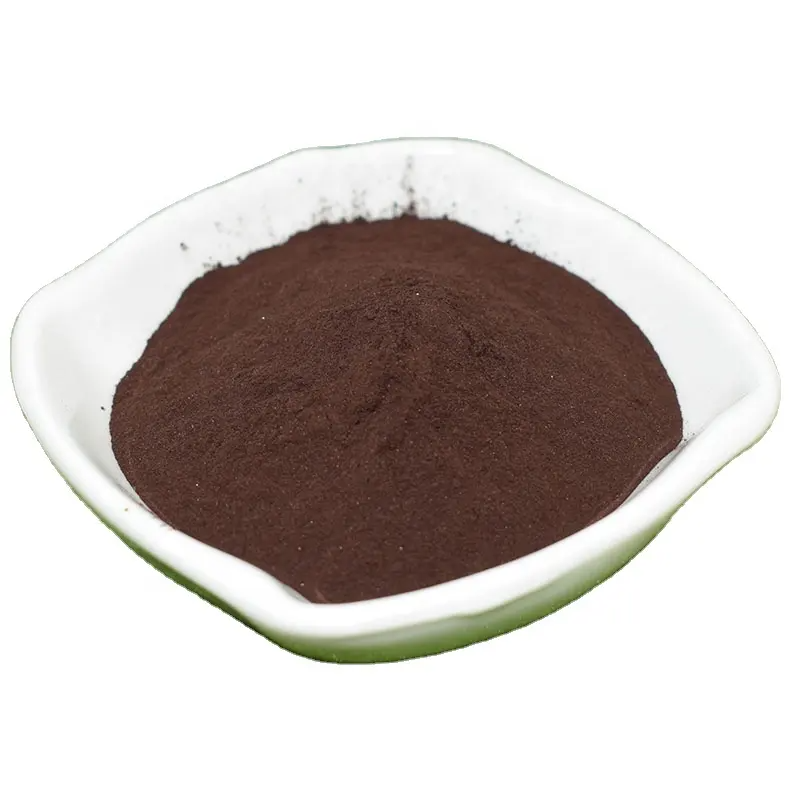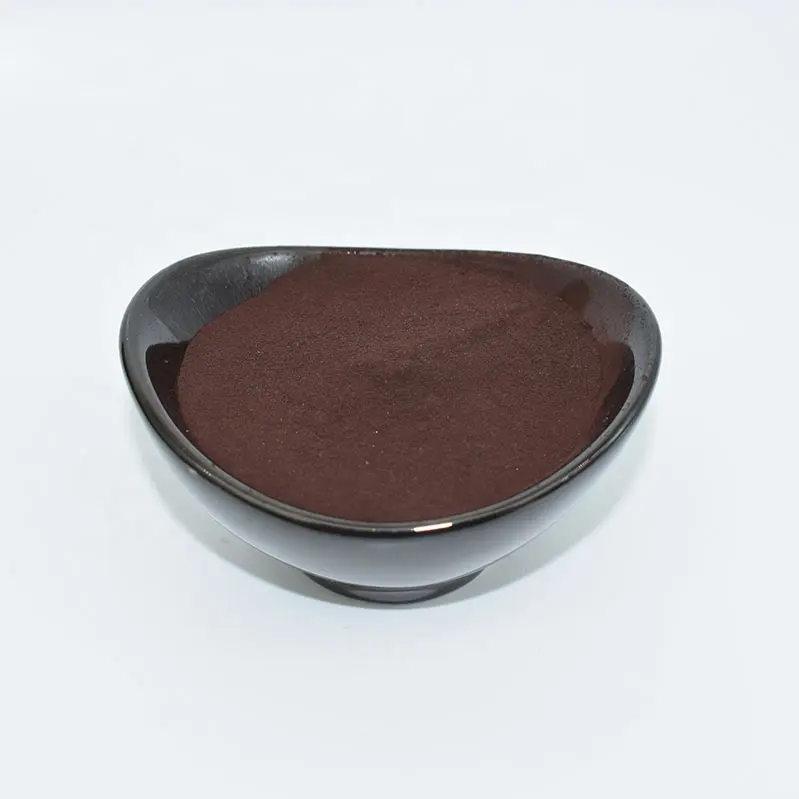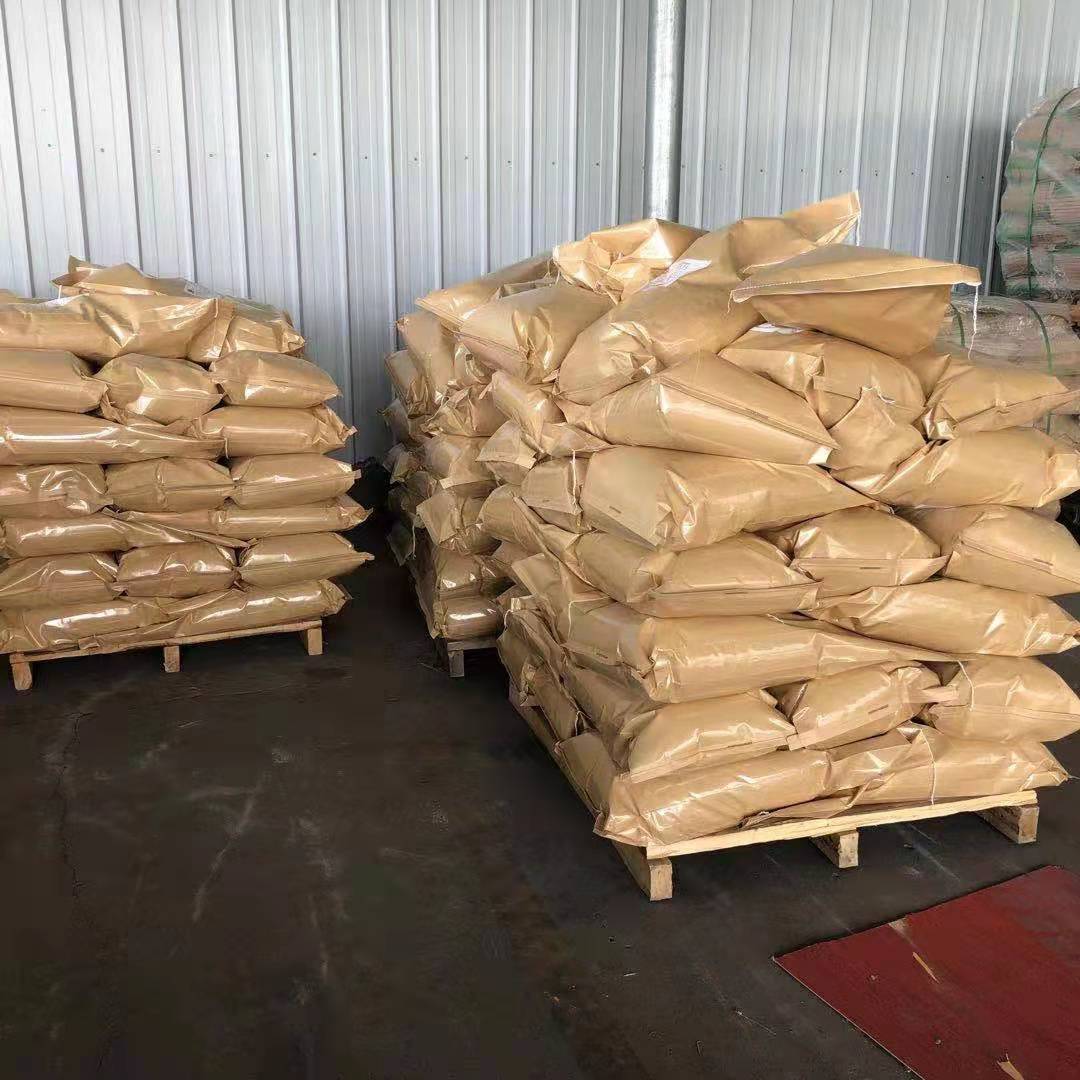
Jul . 29, 2025 19:40 Back to list
Premium 10 10 10 Fertilizer Organic for Balanced Plant Growth
As the agriculture and horticultural industries advance towards sustainable growth and high-efficiency crop yield, the demand for innovative fertilizer solutions drives significant market evolution. Among these, the 10 10 10 fertilizer organic formulation stands out due to its balanced NPK composition, versatility, and suitability for diverse crop types. In this article, we deeply explore 10 10 10 npk fertilizer, 10 10 10 organic fertilizer, 10 10 10 water soluble fertilizer, as well as related specialized products such as 10 20 20 fertilizer, 10 25 10 fertilizer, and the EDDHA Fe 6% Organic chelated iron fertilizer (product link), analyzing their industry applications, technical trends, and comparative advantages.

1. Industry Dynamics & Market Trends
- Balanced NPK demand: 10 10 10 fertilizer organic sees robust growth owing to its balanced nitrogen (N), phosphorus (P2O5), and potassium (K2O) formulation — optimal for a wide crop spectrum from food to ornamental plants.
- Organic certification: Stringent ISO 9001 & ANSI/ASQ Z1.4-2003 environments drive adoption of tested, certified organic fertilizers.
-
Water-solubility: Growing trend toward 10 10 10 water soluble fertilizer enables fertigation and precision nutrition.
- Specialized blends: Market demand for 10 20 20 lawn fertilizer, 10 26 26 water soluble fertilizer and 10 30 10 fertilizer cater to specific crop and lawn needs for tailored nutrient release.
2. Key Technical Parameters: 10 10 10 fertilizer organic (vs Other NPKs)
| Product | N (Nitrogen) | P2O5 (Phosphorus) | K2O (Potassium) | Water Solubility | Organic Content | Common Application | Certification |
|---|---|---|---|---|---|---|---|
| 10 10 10 fertilizer organic | 10% | 10% | 10% | ≥90% | Yes (Bio-based) | Field crops, vegetables, fruit trees | ISO 9001, OMRI |
| 10 20 20 fertilizer | 10% | 20% | 20% | ≥95% | Partial | Lawn, root crops | ISO 9001 |
| 10 25 10 fertilizer | 10% | 25% | 10% | ≥92% | Limited | Root growth phases | ISO 14001 |
| 10 26 26 water soluble fertilizer | 10% | 26% | 26% | 100% | No | Hydroponics, high-value crops | ISO 9001 |
3. Product Spotlight: EDDHA Fe 6% Organic Chelated Iron Fertilizer
EDDHA Fe 6% sets itself apart as a premium, highly bioavailable chelated iron source that overcomes calcareous and alkaline soil challenges. Key applications include open-field and greenhouse crops requiring robust fortification against iron chlorosis (Fe-deficiency-induced yellowing).
- Major advantages: Excellent water solubility, rapid foliar and root uptake, stable in pH 4-10 soils.
- Main technical indicators: Iron (Fe) content: 6% min. (fully chelated as EDDHA); ortho-ortho isomer %: 3.6%–4.8%; Water solubility: 100%; pH stability: 4–10; Color: reddish-brown microgranule or powder.
- Certifications: ISO 9001:2015, SGS, OMRI Listed for organic production.

4. Manufacturing Process of 10 10 10 fertilizer organic
Organic base (e.g., bone meal, compost)
Automated Mixing (CNC Controlled)
Rotary Drum – Steam Heating
ISO 15746/ANSI Checks
SGS/OMRI/ISO Certification

5. EDDHA Fe 6% vs. Conventional Chelated Iron Fertilizers – Parameters Comparison
| EDDHA Fe 6% | EDTA Fe 13% | DTPA Fe 11% | |
|---|---|---|---|
| Fe Chelation Stability (pH) | 4.0–10.0 | 4.0–6.0 | 4.0–7.5 |
| Bioavailability in Alkaline Soils | Excellent | Poor | Medium |
| Ortho-Ortho Isomer (%) | 3.6–4.8 | 0.0 | 0.0 |
| Water Solubility | 100% | 100% | 100% |
| Typical Application Rate (kg/ha) | 1–2 | 2–4 | 1.5–3 |
| Organic Approval (OMRI) | Yes | No | No |
6. Application Scenarios and Typical Use Cases
- Agriculture: 10 10 10 fertilizer organic is ideal for fruit trees, leafy vegetables, greenhouse crops, and field grains, supporting strong root systems, robust flowering, and yield.
- Lawn & Landscape: Urban turf, golf courses, recreational grounds prefer blends like 10 10 10 water soluble fertilizer for instant uptake and safe application.
- Industrial: Used in managed forestry and large-scale municipal green projects for DAF (dissolved air flotation) systems requiring residual heavy metal and nutrient control.
- Case Study: Citrus Orchards (Spain, 2022–2023): Switching from conventional NPK to 10 10 10 fertilizer organic and EDDHA Fe 6% reduced chlorosis incidence by 47% and improved average Brix by 14.8%.
- Horticulture: High-value ornamental nurseries utilize 10 10 10 organic fertilizer for transplant establishment and color enhancement.
7. Technical Advantages & Competitive Manufacturer Comparison
| Parameter | EDDHA Fe 6% (HHFertilizer) | Key Competitor A | Key Competitor B |
|---|---|---|---|
| Purity (%) | 99.8 | 98.4 | 98.6 |
| Ortho-Ortho Isomer Content (%) | 4.8 | 3.7 | 3.9 |
| ISO/OMRI Certified | Yes | No | Partial |
| Particle Size (mesh) | 20–60 | 40–80 | 30–60 |
| pH Stability Range | 4–10 | 4.5–7 | 4–8 |
| Shelf Life (Year) | 2.5 | 1.5 | 1.8 |
- HHFertilizer’s EDDHA Fe 6% offers highest ortho-ortho isomer ratio for superior iron availability in calcareous and alkaline soils.
- Manufactured under strict ISO/SGS/OMRI protocols — Traceability & full batch certification provided.
- Longer shelf life and finer, dust-free granules guarantee consistent field performance & safety.
8. Customization & Solution Services
- Formula customization: OEM/ODM for NPK ratios such as 10 20 20 fertilizer for sale, tailored microelements (e.g., Zn, Cu, Mn), and slow-release organic matrix.
- Packaging: Custom retail and bulk packaging (500g to 1 MT big bags) with anti-moisture, UV-stabilized materials.
- Quality assurance: Full third-party test reports (SGS, Eurofins) for each batch; heavy metal less than 5 ppm; solubility index ≥99.0%.
- Field trials support: On-site agronomy team, application technical assistance, and optimal dosage charts per crop.
9. Delivery Lead Time, Warranty & Support
- Lead time: Standard orders: 5–12 working days. Bulk/Custom: 14–28 working days.
- Warranty: 24 months under normal storage/handling per ISO/OMRI.
- Customer support: Full technical documentation, MSDS, after-sales consult, and on-site troubleshooting available.
10. Technical FAQ – Expert Answers
11. Client Success Stories and User Testimonials
- Large-scale greenhouse, Netherlands (2023): Introduction of EDDHA Fe 6% Organic chelated iron fertilizer improved fruit set and leaf color index (SPAD) by 21% over DTPA-based solutions.
- Rice paddies, Vietnam: EDDHA Fe 6% resolved severe Fe-deficiency, enhancing root absorption, with increased yields documented by third-party inspection (SGS).
- Municipal parks, USA: Applying 10 10 10 fertilizer organic as top dressing led to visible turf vigor and reduction in fertilizer runoff, aligning with local eco-certification policies.
12. Why Choose 10 10 10 fertilizer organic and EDDHA Fe 6% by HHFertilizer?
- Industry-leading expertise: 15+ years in NPK/chelated micronutrient field; products used in over 40 countries.
-
Certifications: ISO, OMRI, SGS, Eurofins-validated for batch traceability and export compliance.
- Innovative process: Automated, eco-friendly, ISO/SGS-audited facilities with strict process control.
- Complete technical documentation & responsive support: All MSDS, tech briefs, and after-sales support provided in
- Proven client satisfaction: Over 95% repeat purchase rate from top-tier horticulture, agriculture, and green engineering clients.
- “Chelated iron fertilizers: Mechanisms and Market Trends” — ResearchGate
- “NPK Fertilizer Blends - Organic Trends 2023”, International Fertilizer Association (IFA)
- “EDDHA and EDTA Comparison in Calcareous Soil”, ScienceDirect
- OMRI listing for EDDHA Fe, OMRI Official Site
- “Balanced fertilization practices in vegetable nutrition”, Agronomy Journal
- Industry forum discussions, yield case studies: Agriculture.com forums
-
Organic 10-10-10 Fertilizer: Balanced NPK for Healthy Plants
NewsAug.27,2025
-
10 10 10 Organic Fertilizer: Balanced NPK for Healthy Plants
NewsAug.26,2025
-
Organic 10-10-10 Fertilizer: Balanced NPK for Healthy Plants
NewsAug.25,2025
-
Premium 15-30-15 Granular Fertilizer for Vigorous Growth
NewsAug.24,2025
-
Organic Amino Acid Fertilizer for Plants | Boost Growth & Yield
NewsAug.23,2025
-
Calcium Ammonium Nitrate (CAN) White Granular Agriculture Fertilizer
NewsAug.22,2025
